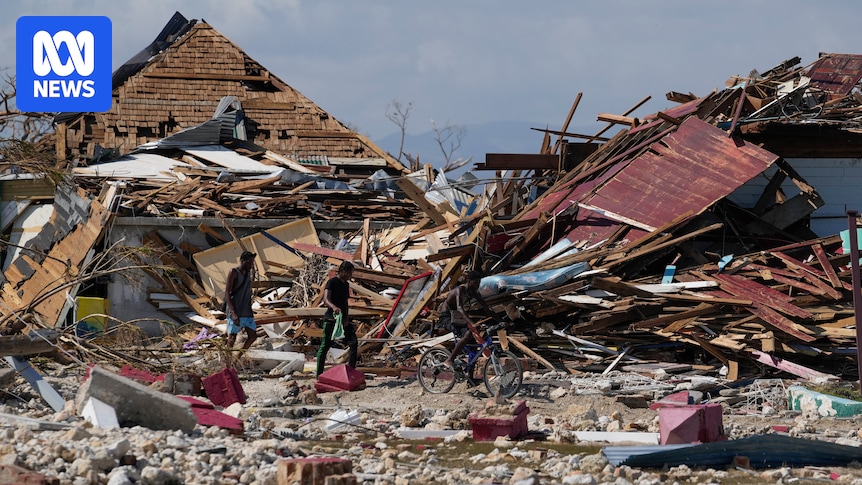
The death toll from Hurricane Melissa has surged to at least 49, as Caribbean nations grapple with the aftermath of one of the most powerful storms to hit the region in recent history. The hurricane, which unleashed its fury earlier this week, left a trail of destruction across the northern Caribbean, with Haiti and Jamaica bearing the brunt of the devastation.
In Haiti, where the storm did not make landfall but brought days of relentless rain, authorities reported at least 30 deaths and 20 people missing as of Thursday. The southern town of Petit-Goave was particularly hard hit, with 23 fatalities, including 10 children, after a river overflowed its banks, damaging roads, homes, and farmlands.
Jamaica’s information minister confirmed at least 19 deaths, noting that search and rescue operations are ongoing. The hurricane left hundreds of thousands without power, tore roofs off buildings, and scattered debris across fields. The Jamaican military has mobilized reserve personnel to assist in relief and rescue efforts.
Historic Storm Hits Jamaica
Hurricane Melissa made landfall in southwestern Jamaica on Tuesday as a Category 5 hurricane, marking the strongest storm to directly strike the island since 1988. With wind speeds surpassing the threshold for the highest hurricane classification, it tied for the second-strongest Atlantic hurricane on record in terms of wind speed at landfall, according to AccuWeather.
AccuWeather estimates the economic damage across the western Caribbean to range between $48 billion and $52 billion.
In Cuba, where approximately 735,000 people were evacuated, the storm caused significant damage to homes and crops, though no fatalities were reported by Thursday. Meanwhile, Hurricane Melissa was rapidly losing strength and was expected to be downgraded to an ex-tropical cyclone, according to the US National Hurricane Center.
Recovery and Resilience
As the storm moved away, Caribbean nations began the arduous task of recovery. In Jamaica, the capital Kingston was spared the worst, with its main airport and port set to reopen. However, over 130 roads remained blocked by debris, prompting military efforts to clear paths for emergency services.
Satellite images revealed extensive damage in the hardest-hit areas, with many homes and trees destroyed. In Montego Bay, residents like 77-year-old Alfred Hines recounted their harrowing experiences as they navigated through mud and debris.
“I just want to forget it and things come back to normal,” Hines said.
Efforts to restore power continue, with more than 70% of Jamaica’s electrical customers still without electricity. Energy Minister Daryl Vaz emphasized the challenges posed by downed power lines across the island.
International Aid and Climate Change Concerns
The United States has pledged “immediate humanitarian aid” to Cuba, despite historical tensions. US Secretary of State Marco Rubio confirmed that search and rescue teams were en route to Jamaica to support recovery efforts.
Scientists attribute the increasing intensity and frequency of hurricanes to warming ocean waters caused by greenhouse gas emissions. Caribbean leaders have urged wealthier nations to provide aid or debt relief, citing the disproportionate impact of climate change on their countries.
AccuWeather noted that Melissa was the third most-intense hurricane observed in the Caribbean, as well as its slowest-moving, exacerbating the damages.
In Cuba, at least 241 communities remained isolated, affecting around 140,000 residents. Authorities are working to restore communications and support those returning to repair their homes.
The aftermath of Hurricane Melissa highlights the urgent need for global cooperation in addressing climate change and supporting vulnerable regions. As recovery efforts continue, the resilience of Caribbean communities will be tested, and the international community’s response will be closely watched.







